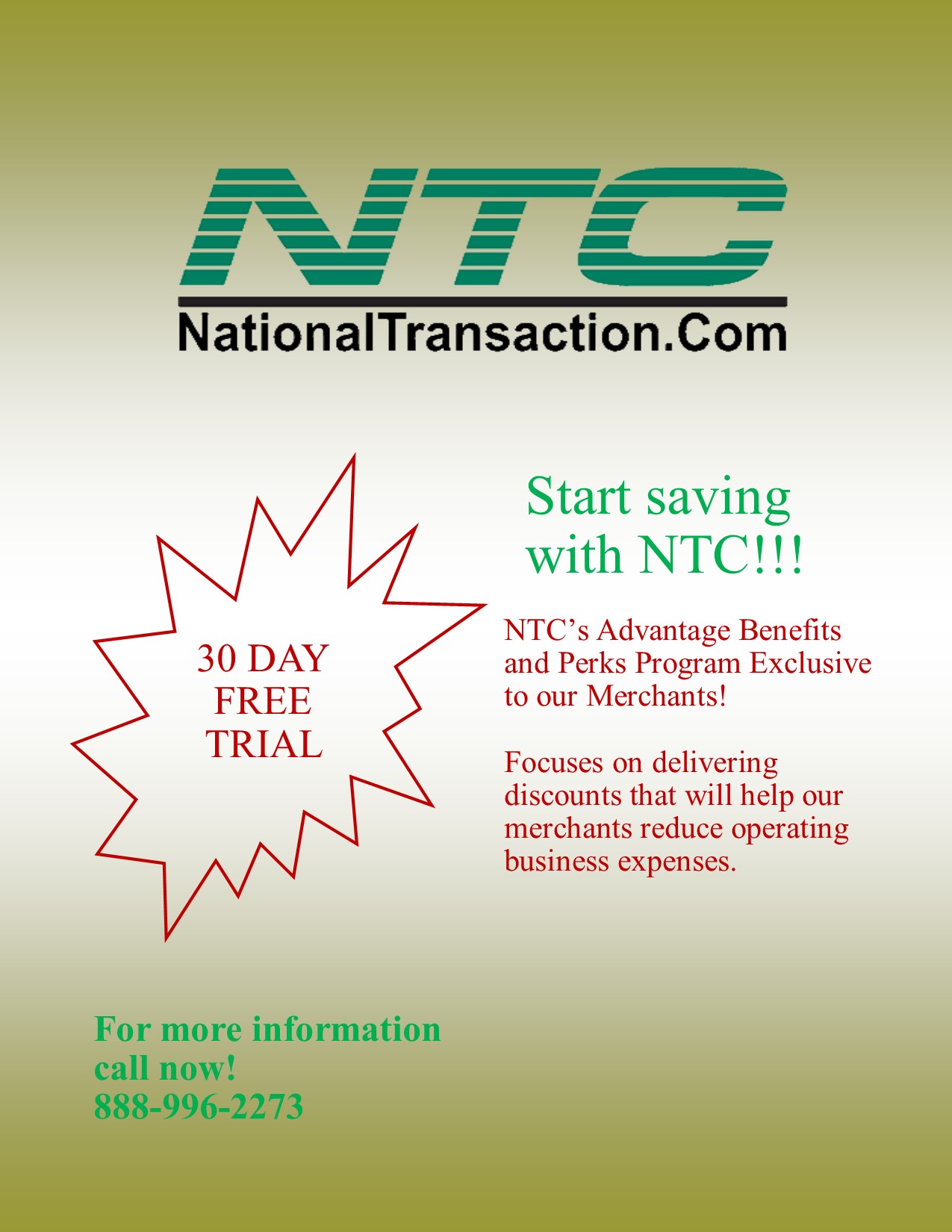
April 12th, 2017 by Elma Jane
NTC’s Advantage Benefits and Perks Program exclusive to our Merchants!
The advantage benefits and perks program focuses on delivering discounts that will help our merchants reduce operating business expenses.
Start saving Money, Get 30 DAY FREE TRIAL!
Take advantage of these discounts, with access to over 15 categories of vendors covering:
Shipping – Save up to 28% on shipping with the world’s largest package delivery company.
Legal Services – Save 15% from the leading provider of online legal document services.
Computer & Electronics – Saving of up to 35%.
HR & Payroll Services – Save 27% off.
Telecommunications – Save between 12% to 15% on business lines, and 10% on personal lines.
Web Design and Services, and more.
For more information call now 888-996-2273
Posted in Best Practices for Merchants Tagged with: merchants
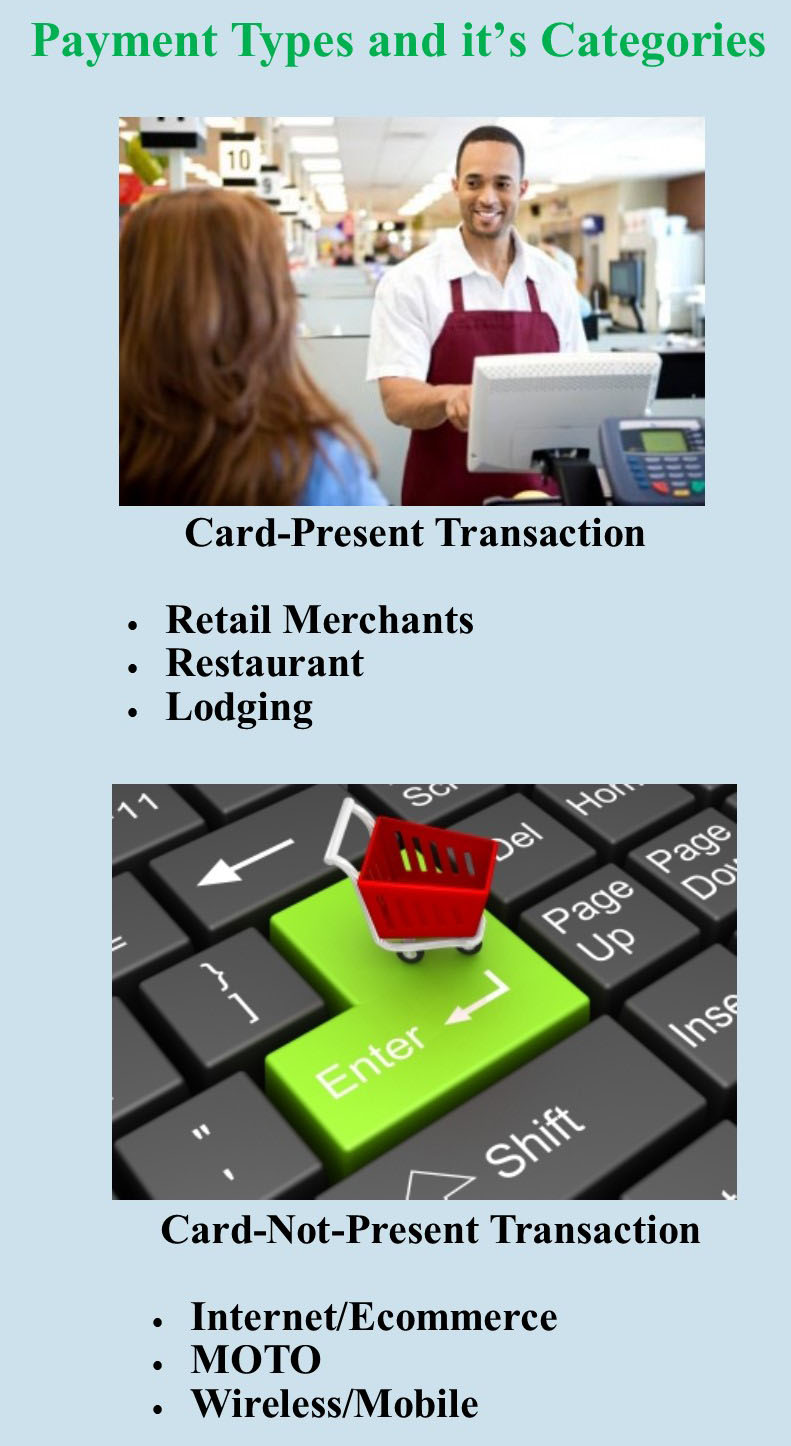
April 6th, 2017 by Elma Jane
Payment types and it’s categories
The two main category types when it comes to credit card processing are swiped and keyed. Card present or card-not-present.
Swiped or card present transaction – merchants do a face-to-face transaction. A merchant can capture card information by dipping the chip or swiping the card in the terminal or POS. Merchants directly interact with a customer so the risk is low.
Card-Present Sub Categories:
Retail Merchants – conduct transactions face to face in a retail environment.
Face to Face (mobile) – this type of merchant is typically on the go, such as a vendor at a trade show. You can use a service like converge mobile that allows you to take the information in person.
Restaurant – the same as retail merchants, the difference is they may require the ability to add tips to their charges.
Lodging – processes their transactions like retail merchants except they may adjust the settlement amount depending on the customer’s length of stay.
Keyed or card-not-present are high risk, because merchants indirectly collect customers card information, and can process transactions in various ways.
Card-Not-Present Sub categories:
Internet/Ecommerce – conducts business through a web site by utilizing a shopping cart and an Internet payment gateway service. The payment gateway then collects the credit card information and processes it in real time.
Mail & Telephone Order (MOTO) – typically take the customer’s credit card information over the phone, by mail or through the Internet. They then manually process the transaction by keying it into either a credit card machine or through a virtual terminal such as Converge.
Talk to our payment consultant to know the best solution for your business.
NationalTransaction.Com 888-996-2273
Posted in Best Practices for Merchants Tagged with: card present, card-not-present, credit card, customer, ecommerce, merchants, payment, payment gateway, POS, swiped and keyed, terminal, virtual terminal
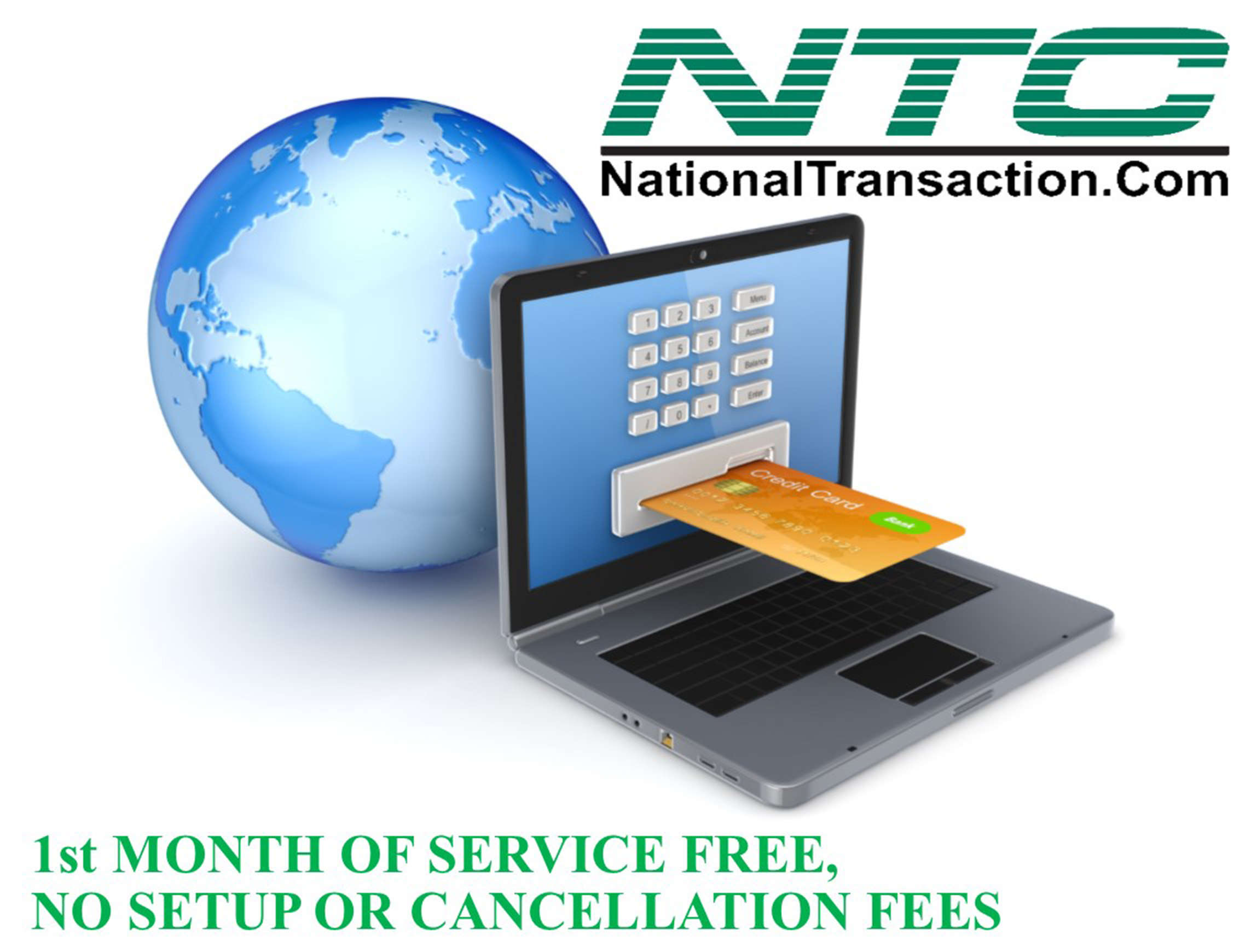
March 1st, 2017 by Elma Jane
ELECTRONIC PAYMENTS
When it comes to electronic payments, certain types of businesses are considered high risk.
Most merchants do not realize that electronic payment processors carry a financial risk on merchant accounts, and normally fund merchants prior to receiving payment from the client’s bank.
Essentially, a merchant account is an unsecured loan.
Different factors used to determine when a business is a high risk are:
- Types of products
- Services they sell how
- How they sell them
Online transactions are considered high risk because there are increased risks of fraud.
A key factor used to determine the risk of a business is chargebacks.
Chargebacks include customer refunds and fraudulent transactions.
Payment providers assess this risk to determine the percentage of chargebacks your business is likely to experience.
Businesses that are considered high risk where they take advanced payments:
- Travel agencies
- Ticketing services
Electronic payments provider is necessary if you want to accept debit and credit card transactions.
For high-risk electronic payments please feel free to call us at 888-996-2273.
Posted in Best Practices for Merchants, Travel Agency Agents Tagged with: bank, chargebacks, credit card, debit, electronic payments, fraud, loan, merchant accounts, merchants, online, payment processors, transactions, travel agencies
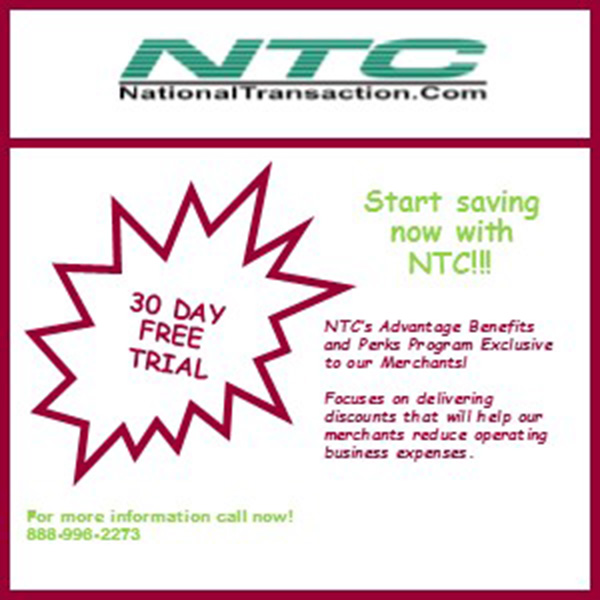
February 20th, 2017 by Elma Jane
Save Money, Get 30 DAY FREE TRIAL!
Start saving now with NTC’s Advantage Benefits and Perks Program exclusive to our Merchants!
The advantage benefits and perks program focuses on delivering discounts that will help our merchants reduce operating business expenses.
Take advantage of these discounts, with access to over 15 categories of vendors covering:
Shipping – Save up to 28% on shipping with the world’s largest package delivery company.
Legal Services – Save 15% from the leading provider of online legal document services.
Computer & Electronics – Saving of up to 35%.
HR & Payroll Services – Save 27% off.
Telecommunications – Save between 12% to 15% on business lines, and 10% on personal lines.
Web Design and Services, and more.
For more information call now 888-996-2273
Posted in Best Practices for Merchants Tagged with: merchants
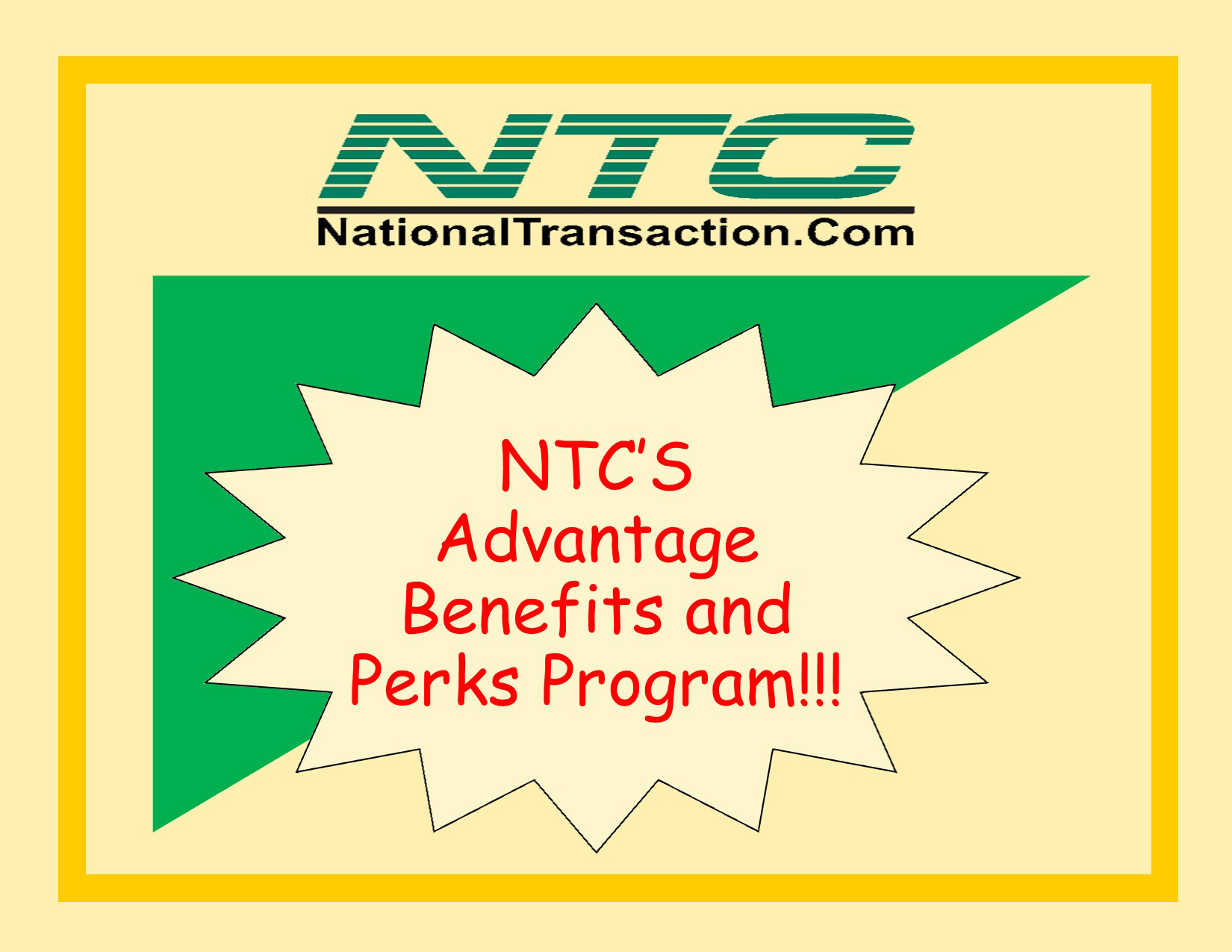
February 10th, 2017 by Elma Jane
NTC’s Benefits and Perks Program!
Start saving now with NTC’s Advantage Benefits and Perks Program exclusive to our Merchants!
The advantage benefits and perks program focuses on delivering discounts that will help our merchants reduce operating business expenses.
Take advantage of these discounts, with access to over 15 categories of vendors covering:
Travel Services Office Supplies Telecommunications
Web Design and Services, and more
Save up to 28% on shipping with the world’s largest package delivery company.
Save 15% from the leading provider of online legal document services.
Saving of up to 35% on computer and electronics.
Save 27% off on payroll services and retirement services.
Save between 12% to 15% on business lines, and 10% on personal lines.
Rental Cars Save up to 25% on your car rental.


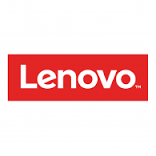

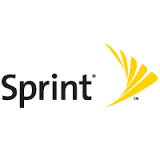

For more information call now 888-996-2273! For products and services go to www.nationaltransaction.com
Posted in Best Practices for Merchants Tagged with: merchants, online, travel

January 6th, 2017 by Elma Jane
Online fraud is not going away; hackers are becoming more sophisticated. While technology offer more avenues for consumers to pay, they also offer new ways for hackers to steal data.
There are several factors that increases the growth of online fraud:
EMV migration: because of EMV migration, fraud in face to face transactions becomes more difficult and moves to card-not-present transaction. This has been observed after EMV is implemented in other country.
Banking activity: it is moving online not only via online-only banks, but also mobile and online bank services.
An increase of online marketplaces: financial services pros are more proficient in identifying fraud compare to individual consumers who become sellers that can be victims of online fraud.
How can e-commerce and financial services companies reduce online fraud?
Merchants: Ensure that you have payment security. Fraudsters use sophisticated technologies, ask your payment provider for encryption and tokenization. You can also use BIN LookUp as an added security and number of benefits. Bin LookUp allows merchant or institution to check more about the transaction.
Online marketplaces: Marketplaces can protect their reputation by validating new sellers using sophisticated device and applying advanced models and machine learning to detect unusual patterns of activity that indicate misuse.
Banks: Fraudsters continue to innovate. Bank technology needs to be flexible and stay one step ahead.
For account set up or terminal upgrade call now 888-996-2273 or visit www.nationaltransaction.com
Posted in Best Practices for Merchants, e-commerce & m-commerce, EMV EuroPay MasterCard Visa, Mobile Payments, Mobile Point of Sale Tagged with: banks, card-not-present, data, e-commerce, EMV, encryption, financial services, fraud, merchants, online, payment, provider, Security, terminal, tokenization, transactions

December 6th, 2016 by Elma Jane
The Process of Processing Electronic Payments
Today new technologies are emerging in electronic payment that allow merchants to collect valuable data on their customers; from emailing receipts to providing incentives to mention the merchant on social media.
So what’s behind the process of processing electronic payments? The heart of all your payment processing needs will most likely lie in a merchant account; with a merchant account you can deposit funds from ebt cards, debit cards, gift or loyalty cards and even checks into your bank account. If your business has never had its own merchant account, it’s probably missing out on some very valuable opportunities.
At National Transaction Corporation this process is simplified to a signature page and a voided check. We consult your business personally to establish the lowest rates and fees possible with your electronic payment processing. We ask detailed questions about how you process your transactions, and if you already process credit cards, we offer a free statement review where we determine your most common transaction types and how to lower their fees and rates.
How Much Will Electronic Payment Processing Cost?
There are three parts to the answer:
Up front or startup costs – include things like an application fee, an account setup fee and equipment fees. At NTC, we don’t have any application, setup or cancellation fees on our services. Our credit card readers and terminals are nonproprietary and will work with almost any merchant services provider and we sell them at cost to make it easier on our merchants.
When you buy a terminal from us you own it and are free to leave us at any time and use the terminal to process through another merchant account provider with no penalty payments at all.
Other startup costs might be:
- check readers,
- cash registers and receipt printers
- mobile point of sale software
- credit card swipe readers
- Accounting software (Intuit’s Quickbooks Pro or PeachTree)
If you already own any of this equipment we can integrate your existing hardware into our services.
Monthly service fees – depend on what services are required; included in the monthly fee detailed statements and reporting on transaction activity.
Transaction fees – MasterCard, Visa and American Express set what are called interchange rates. Interchange rates are a per transaction fee and/or a percentage rate based on the total of a sale. Interchange rates are very complex and consume hundreds of pages of different types of electronic transactions. These transactions are based on the type of business processing the transaction, the way the credit card data is input (like a credit card that is swiped in or manually keyed into a credit card terminal of some type) and the type of credit card used for the transaction (rewards card, corporate card, travel and entertainment credit cards, ebt cards and so on). With so many types of cards and businesses to process it’s impossible to give an accurate rate for all charges.
Again, we have no fees associated with applying for or setting up the merchant account and there is no penalty for cancellation so there are no risks in trying it out. We can do merchant rate review for free. Call us now 888-996-2273
Posted in Best Practices for Merchants, Travel Agency Agents Tagged with: credit cards, customers, data, electronic payment, merchant account, merchants, mobile, payment processing, point of sale, services provider, terminal, transactions
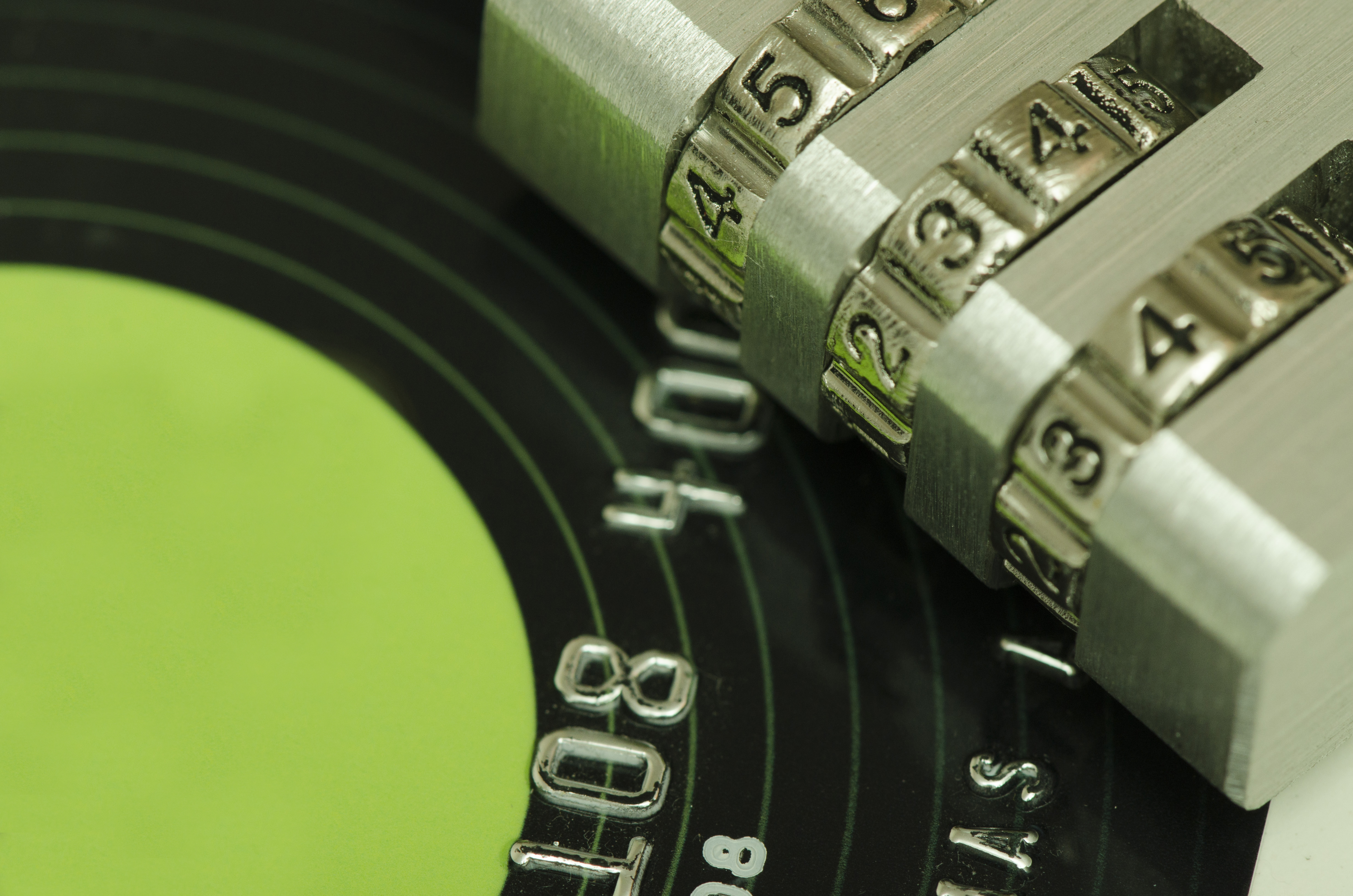
November 18th, 2016 by Elma Jane
Tokenization and Encryption are completely different technologies when it comes to securing sensitive data, such as credit cards.
Encryption tools and techniques is to mask original data, then allow it to be decrypted. It uses an algorithm to scramble credit card information that makes the data unreadable to anyone.
Encryption is most often “end-to-end.”
Example: When someone enters card data into a web browser to buy an item and decrypted when the purchaser’s authorized credit card information reaches its intended destination, which is the merchant’s e-commerce database.
Encrypted card data is unreadable while it’s “at rest” in a database or “in motion” during a purchase transaction; and inaccessible until a key decrypts it. The chances of a hacker stealing the data is minimal. But, if card data passes through multiple internal systems en route to an acquiring bank or payment gateway, the encrypt/decrypt/re-encrypt process could open a wide security hole, thus creating vulnerabilities to hackers.
Tokenization have found to be cheaper, easier to use and more secure than end-to-end encryption.
Tokenization completely removes credit card data from internal networks and replaces it with a generated, unique “token”. Tokens have no meaning and are worthless to criminals if a company’s system is breached.
Merchants use only the token to retrieve, access, or maintain their customers’ credit card information.
Example: Actual credit card number was 3234 4567 8789 78910, it might become FHIW145BVE65478 when a token is generated. The token is randomly generated and there is no algorithm to regain the original card number. hackers can’t reverse-engineer the actual credit card number, even if they were to grab the tokens off the servers.
Using tokens doesn’t change a merchant’s payment processing experience. Only they’re much safer for a merchant than actual credit cards.
Posted in Best Practices for Merchants, Credit Card Security Tagged with: card, credit cards, customers, data, encryption, gateway, merchants, payment, Security, token, tokenization, transaction
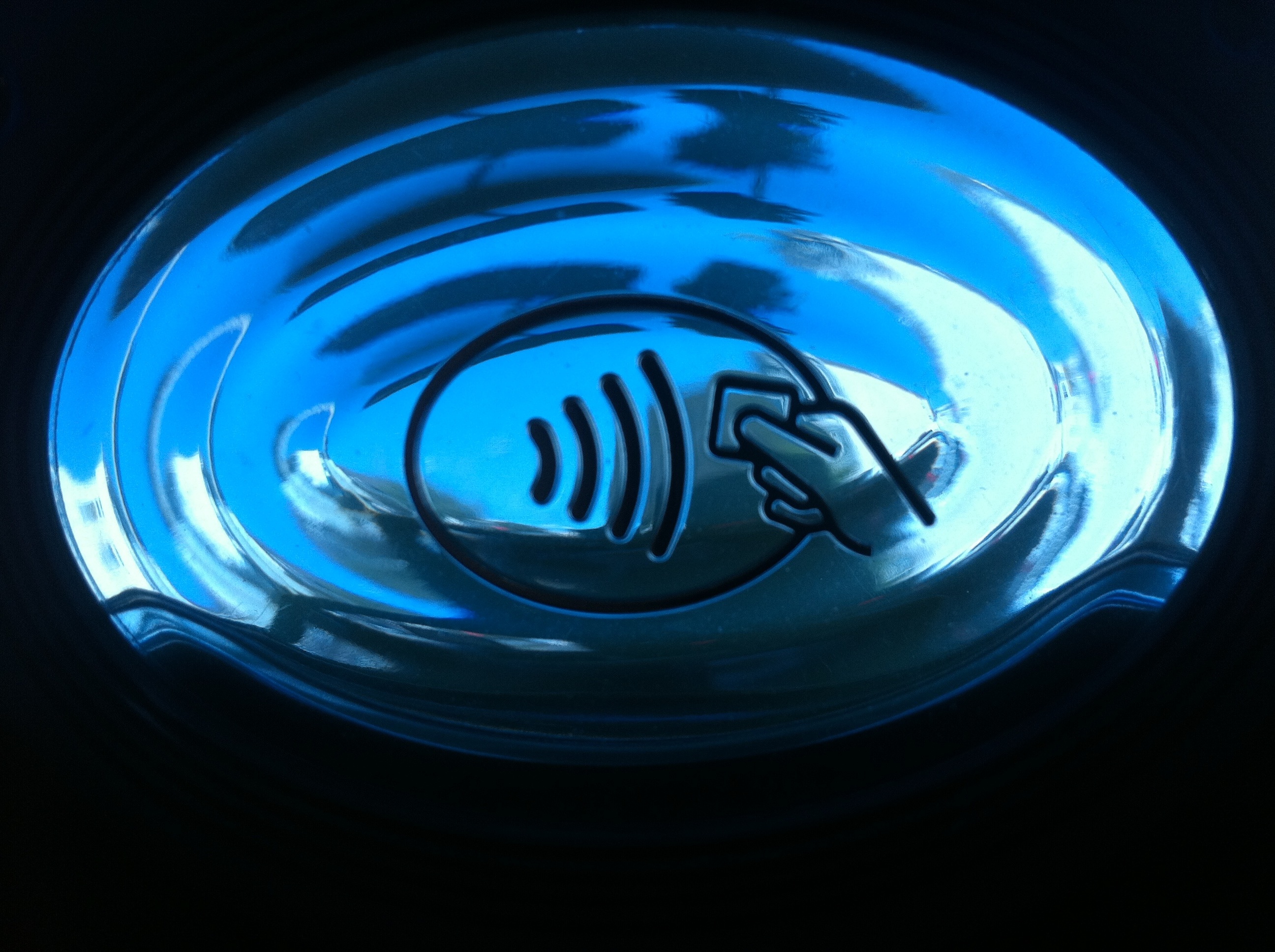
October 20th, 2016 by Elma Jane
Ways consumer can use NFC!
Near field communication technology (NFC) is on the rise, and as a result consumers can use NFC not just for making payments.
Top ways consumers can use NFC (Near field communications):
NFC Access Keys – can also be used as your access to certain buildings or hotels.
NFC Boarding Pass – are used in airports to expedite the boarding process. No more keeping track of that printed boarding pass!
File Sharing – on certain Android phones, consumers can also share songs, contacts and files from phone to phone with a simple tap.
Retail – Paying in stores simply requires a wave of the customer’s smartphone. This provides speedier transactions, but also provides merchants the opportunity to offer their customers loyalty points and rewards.
NFC Ticketing – speeds up subway boarding time by allowing consumers to use their phones also at the reader.
Vending Machines – NFC-enabled vending machines will allow customers to simply tap and go.
With the growing list of NFC technology uses, merchants should be prepared for the adoption. Upgrade your terminal to be NFC-enabled give us a call at 888-996-2273
Posted in Best Practices for Merchants, Near Field Communication Tagged with: customers, merchants, nfc, payments, terminal, transactions

October 13th, 2016 by Elma Jane
Code 10 merchants first line of defense!
How to use “Code 10”
- Call the voice authorization phone number provided by your Merchant Provider. This number can be found on the sticker on your terminal or call your Merchant Service provider and ask to be transferred to the Voice Authorization department.
- Choose the prompt for “Code 10”. Never call a phone number for the card issuing bank provided by a customer; or let the customer call the card issuing bank for you to obtain an authorization code. Do not accept an authorization code given to you by a customer. Authorization code obtained from your Authorization Center can be verified; but not the one from other sources.
- Provide the cardholder name, billing address and shipping address, if the order is a mail order, phone or Internet sale. The representative will attempt to verify the information you provide with the bank that issued the card to the customer.
- The representative will attempt to verify the cardholder information during your call; the data will be forwarded to an investigator for further research and will attempt to contact you within 24 – 72 hours with the current status or results of the investigation.
- Request another form of payment other than a credit card if an authorization request is declined. Do not split a declined transaction into smaller increments to obtain an authorization.
- Obtain an authorization code for the full amount of the sale. Always obtain the authorization code before shipping the merchandise.
Whether you are in a face-to-face environment, or via mail, phone or Internet that sell goods and services you can employ a “Code 10” authorization to verify additional information on a suspicious transaction.
You may be prompted by your processing terminal to call for voice authorization of the charges (CALL AUTH), or you may simply not feel right about the transaction. In either case, you can use “Code 10” to gain additional information before you release your merchandise.
Posted in Best Practices for Merchants, Credit Card Security Tagged with: bank, card, cardholder, customer, internet, merchant provider, merchants, service provider, terminal, transaction















